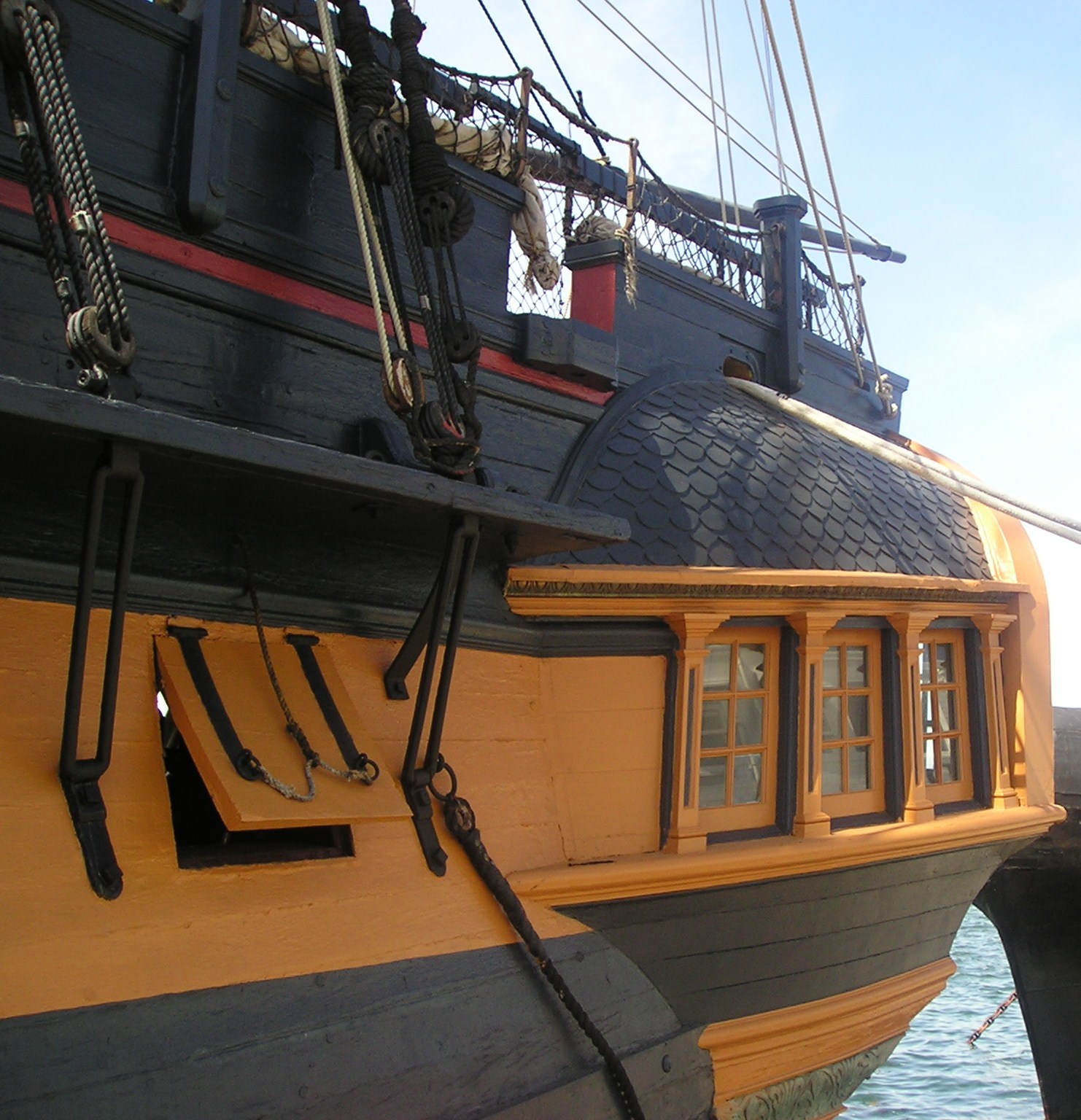
Since this website focuses on ancient finances, I am going to dive deeper into the financial amounts I can find from the Pirate Age. I will try to develop some ways to interpret values from back then in terms of what we can understand today.
Reason I do this is we have no frame of reference when we read a comment that each member of a pirate crew received a share of £1,000 from the spoils of seizing a ship.
Likewise we can’t interpret or comprehend what it means for domestic servants being paid between £2 and £5 annually or a merchant ship captain who would draw an annual salary of £24.
This post will pull together the data points mentioned in previous posts of this series.
Pirate Loot
Data points of loot seized by pirates provided in Black Flags, Blue Waters: The Epic History of America’s Most Notorious Pirates author Eric Jay Dolin:
- 3,000 tons of bullion or coin – annual production from mines in Spanish conquered territories in the Americas
- 80 pounds of gold plus tons of silver bullion – loot taken by Francis Drake sailing his ship, Golden Hind, on the Spanish coastal transport Nuestra Señora de la Concepcion. Half share of proceeds paid to Queen Elizabeth reportedly were greater than the total income of the Crown for the year.
- Carpenter 150 Spanish silver dollars, surgeon 250 dollars – possible specific pay to pirate crew members with specialized skills.
- £1,200 and £3,000 – range of guesses for loot distributed to each of Thomas Tew’s crew from one capture.
Common example of rough form of workers compensation – Payment to pirates for injuries:
- 600 silver dollars -loss of right arm
- 300 silver dollars payout for loss of left arm
- 100 silver dollars for loss of an eye
£50,000 or £60,000 of gold and silver – loot taken by Henry Avery when he and his fleet of 6 ships captured the Fath Mahmomadi in the Strait of Bab-el-Mandeb
The collection of 6 ships also captured the Gang-i-Sawai, largest ship in the fleet of Emperor Aurangzeb.
After splitting up the loot, each crew member on each of the six ships had £1,000.
Let’s assume the average crew size was about 80. For six ships that is about 480 crewmembers. Let’s make some totally wild guesses on how much loot was split up:
- 80 – assumed number of crew members
- 81.5 – assumed number of shares assuming captain gets two and first mate gets one and a half
- 6 – number of ships mentioned in book
- 489 – assumed number of shares
- £1,000 – share of the spoils for each crew member according to the book
- £489,000 – wild guess on amount of loot split amongst the crew of the six ships
Salaries
Data points of typical salary paid as provided in Black Flags, Blue Waters by author Eric Jay Dolin:
- £24 – annual salary of a merchant vessel captain
- £10 – purchase price of a house in Cambridge Massachusetts sitting on 6 acres of farmland and 5 acres of meadow land
- £1 or £2 per month – typical pay of merchant crewmembers. Compared to other data, I think this would actually be annual instead of monthly
From Life in Elizabethan England, website on their Paying The Servants page.
Representative annual wages actually paid in 1550 by at a particular country Manor
- 40s (shillings) – (£2) – laundress, Cook, Butler
- 20s (shillings) – (£1) – youngest housemaid
- 53s – (£2.65, yeah, yeah, the amount would actually be £2 10s 3d) – chaplain – the best paid servant
- Article says most servants earn between £2 and £5 annually.
- In addition to the quarterly payment of annual wages, all servants would have be provided bed and board.
Coin reference points
Spanish silver dollar
Wikipedia says it was minted with a consistent content from 1497 through 1728. It contained 25.563 grams of pure silver at 0.9306 fineness, or 93.06% purity. That would be .902 ounces of pure silver per coin and 8.115 ounces per mark.
For contrast, US Morgan (1878-1921) and Peace dollars (minted 1921-1935) are 90% silver with .7734 ounces of pure silver.
British pound
Coins of the pound sterling article :
A pound, referred to as tower pound, was set to equal 240 silver pennies. Therefore the tower pound had 5400 grains, or 349.91 g, or 12.34 ounces.
I shall proceed on the basis that a full British pound at the time of the pirate era in the American colonies was 350 grains/12.3 ounces pure silver.
A one pound coin was not produced. The full pound is a measure of reference instead of actual coinage.
That gives us the following relationships:
- Spanish silver dollar – 25.56 grams pure silver or .902 ounces
- British pound – 349.9 grams /12.34 ounces pure silver.
- The ratio is then 13.69 British pounds to the Spanish silver dollar.
2 thoughts on “Specific data points of pirate loot and wages during the Pirate Age.”
Do we know the historical cost of piracy? What is the total loss imposed on the global trade system over history? How big of an industry was piracy/privateering?
Great question. I have no idea on an answer. The cost would have been huge. Not only is the theft of goods and precious metals part of the cost, but lost ships, deaths, injuries, impressment, also would need to be included.
Thanks for reading and thanks for asking. Sorry I don’t have any data points.